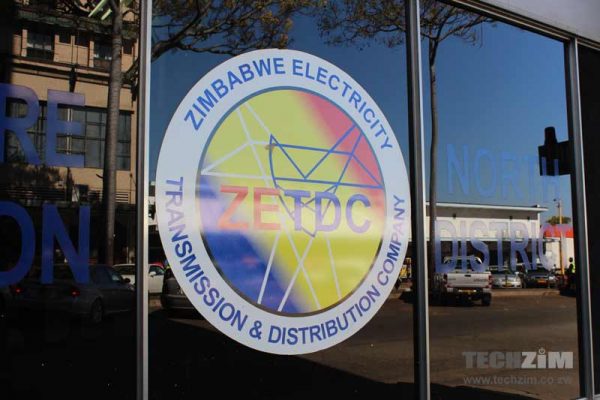Electricity cuts have been a persistent issue in Zimbabwe for a long time now, and they continue to pose a significant threat to the nation’s mining industry.
The country’s mining sector is a crucial contributor to its economy, accounting for more than 12% of the country’s gross domestic product. However, power cuts have become a significant hindrance to the growth of the mining industry, which is projected to be worth $12 billion by the end of 2023.
Statistics show that Zimbabwe has one of the lowest electricity generation rates in the region, with current power slightly improved from outages lasting for up to 18 hours per day. The country’s installed capacity is approximately 2300 MW, with its demand estimated to be close to 2000 MW.
According to the latest statistics on the Zimbabwe Power Company website Zimbabwe is currently producing 1345MW which has resulted in a significant mismatch between power demand and supply.
Electricity is a fundamental input in the mining sector, used for a wide range of activities, including drilling, blasting, pumping, and ventilation. Without a reliable power supply, the mining sector is at risk of severe disruptions, which can negatively impact the economy.
The mining industry has been particularly hard hit by power cuts, with mining companies experiencing significant losses due to production stoppages. According to a report by the Chamber of Mines, the mining sector lost over 200,000 ounces of gold due to power cuts in 2019, translating to a loss of over $200 million in revenue.
According to the Chamber of Mines, “the mining industry in Zimbabwe consumes about 16% of the total electricity demand. With anticipated investments in mining under the US$12 billion vision, electricity demand from the mining industry is expected to grow to over 4 000 MWh per year from the current levels of 2 756 MWh. With most mines operating 24 hours per day/ 7 days a week electricity is a critical input in mineral production. Some mining organisations have vertically integrated operations with processing and smelting facilities making electricity supply a critical requirement,”.
Aside from gold, Zimbabwe’s mining industry also produces platinum, diamonds, chrome, nickel, and coal, among other minerals. Power cuts affect these mineral productions in different ways, but the overall impact is a significant decrease in output, revenue and economic activity.
Furthermore, the mining industry is a key employer in Zimbabwe with over a million dependent on the sector. Power cuts have led to job losses, with companies forced to lay off workers due to the failure to meet production targets.
In conclusion, electricity cuts pose a significant threat to Zimbabwe’s mining industry, which contributes significantly to the country’s economy. The country needs to invest heavily in the power sector to ensure a reliable power supply to the mining industry. Failure to do so will lead to further losses in revenue, employment and hinder the country’s set target of us$12 billion mining industry by the end of 2023.

